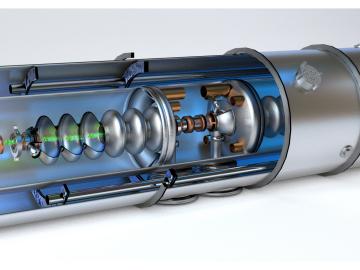Filter News
Area of Research
- (-) Biology and Environment (7)
- (-) Neutron Science (32)
- Advanced Manufacturing (5)
- Biological Systems (3)
- Clean Energy (90)
- Climate and Environmental Systems (3)
- Data (1)
- Fossil Energy (2)
- Isotope Development and Production (1)
- Materials (63)
- Nuclear Science and Technology (13)
- Renewable Energy (2)
- Sensors and Controls (1)
- Supercomputing (39)
- Transportation Systems (2)
News Topics
Media Contacts

CCSI scientist Jiafu Mao, of the Terrestrial Systems Modeling group in the Environmental Sciences Division, parlayed his interest in physics and mathematics as a student in China into a field of study he has always found interesting

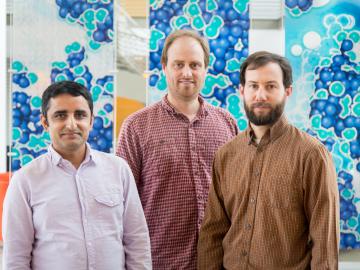

At the confluence of energy and ecology is where Henriette “Yetta” Jager has found her calling. A senior scientist in the Environmental Sciences Division, Yetta uses models to look for win-win opportunities to produce more energy without harming fish and wildlife. Yetta’s research for the US D...
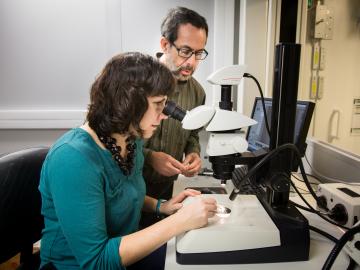

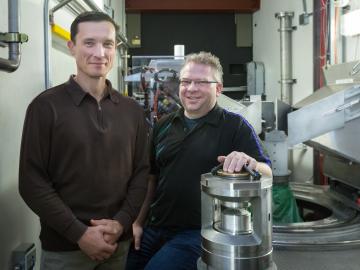
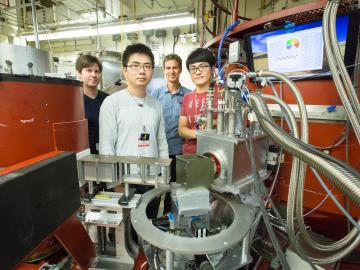
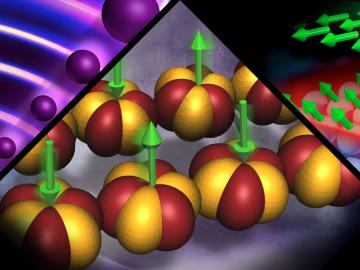
The theories recognized with this year’s Nobel Prize in Physics underpin research ongoing at the Department of Energy’s Oak Ridge National Laboratory, where scientists are using neutrons as a probe to seek new materials with extraordinary properties for applications such as next-generation electronics, superconductors, and quantum computing.
